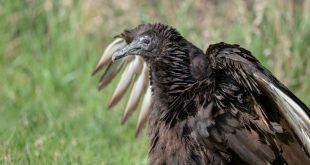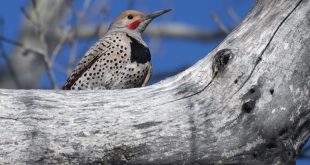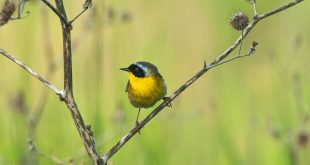Recently, I have heard comments and received questions (as this post’s title implies) from individuals wondering about all the gulls in our area over the last week or so. Sometimes people call these birds “seagulls” and question why a “sea” bird would be observed in such numbers in the middle of a continent. First, let’s not use the word seagull, the word gull is sufficient. Second, there are many species of gull and several occur far from coasts and seas. Third, the one species commonly observed in Nebraska right now is, if you want my opinion, an avian icon of the Great Plains.

Franklin’s Gull (Leucophaeus pipixcan) are currently staging at Nebraska’s lakes here at the end of September and early October just as they do every year. They are migrating from breeding sites in the Northern Great Plains to their wintering areas on the Pacific Coast of South America. Some lakes may host thousands or even tens of thousands. During the day large flocks may be seen flying, often in kettles, just about anywhere in the state. Franklin’s Gull have been particularly numerous over Lincoln the past few days.
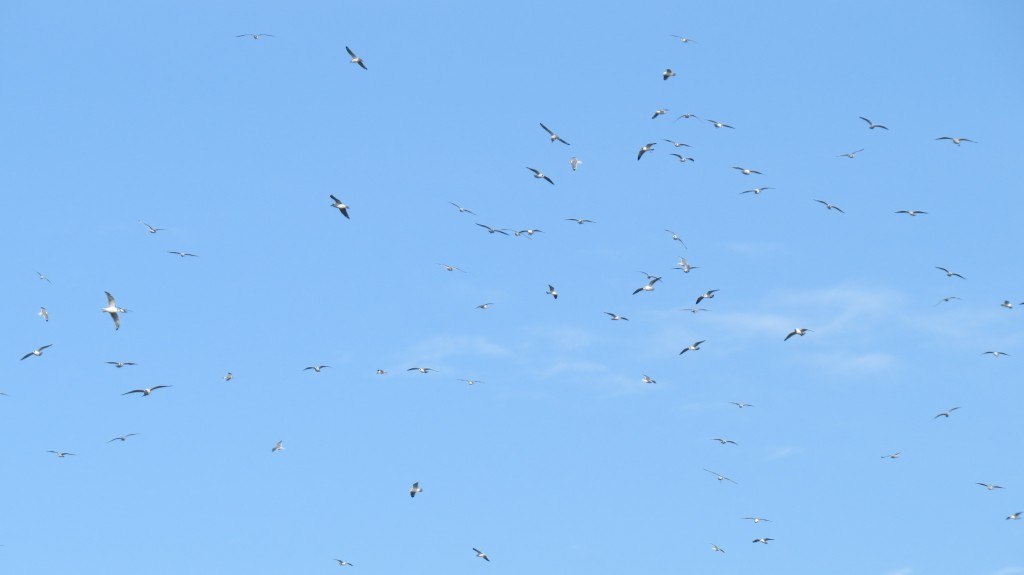
Franklin’s Gulls also migrate through Nebraska in spring and during this season they are vocal. Their raucous laugh-like call is one of my favorite sounds of that season (Click here to listen to Franklin’s Gulls). Flocks can often be seen in late April and early May flying low over the landscape. Adults observed in spring have their complete black hoods and many birds have a pinkish hue on their white underparts. Originally, this species was given the name Franklin’s Rosy Gull.
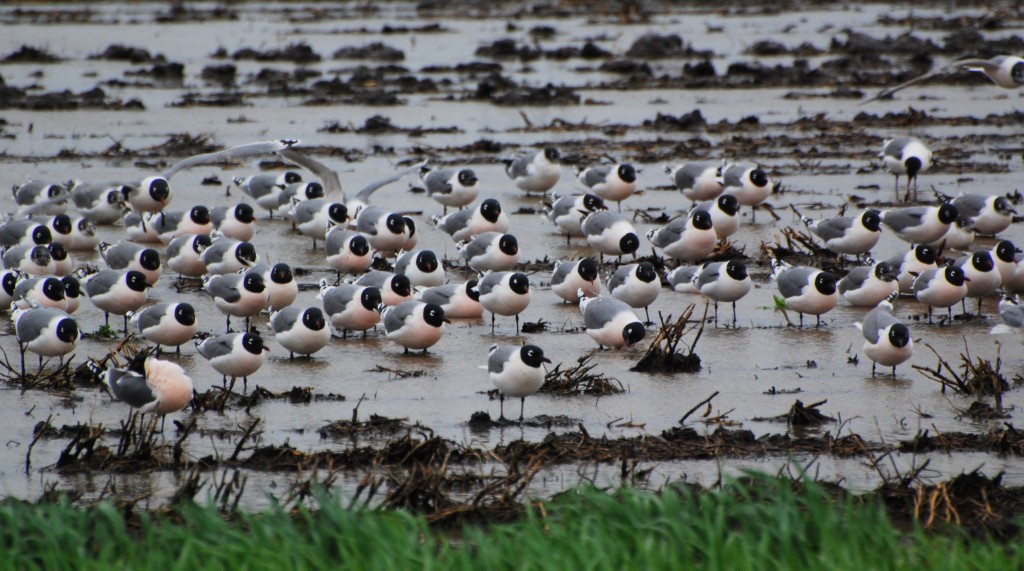
Franklin’s Gulls may travel up to 7,000 miles from breeding sites to their wintering range in the fall and do it all again in spring. It is our only gull species that typically winters around and below the Equator.
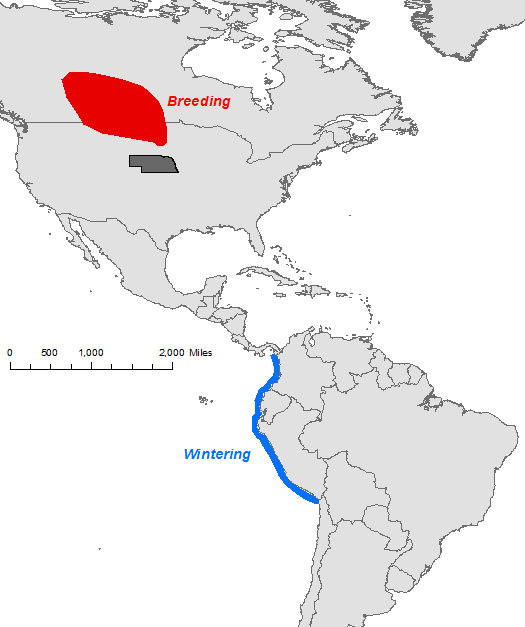
Franklin’s Gull numbers in eastern Nebraska may have been particularly high during the past week as the significant cold front approached from the west and strong south winds prevented birds from moving south. After this front moves through and we have north winds for a few days, most of the Franklin’s Gulls will be on their way. By the end of the month, there will only be a few stragglers remaining and we will have to wait until spring to see them again in numbers.
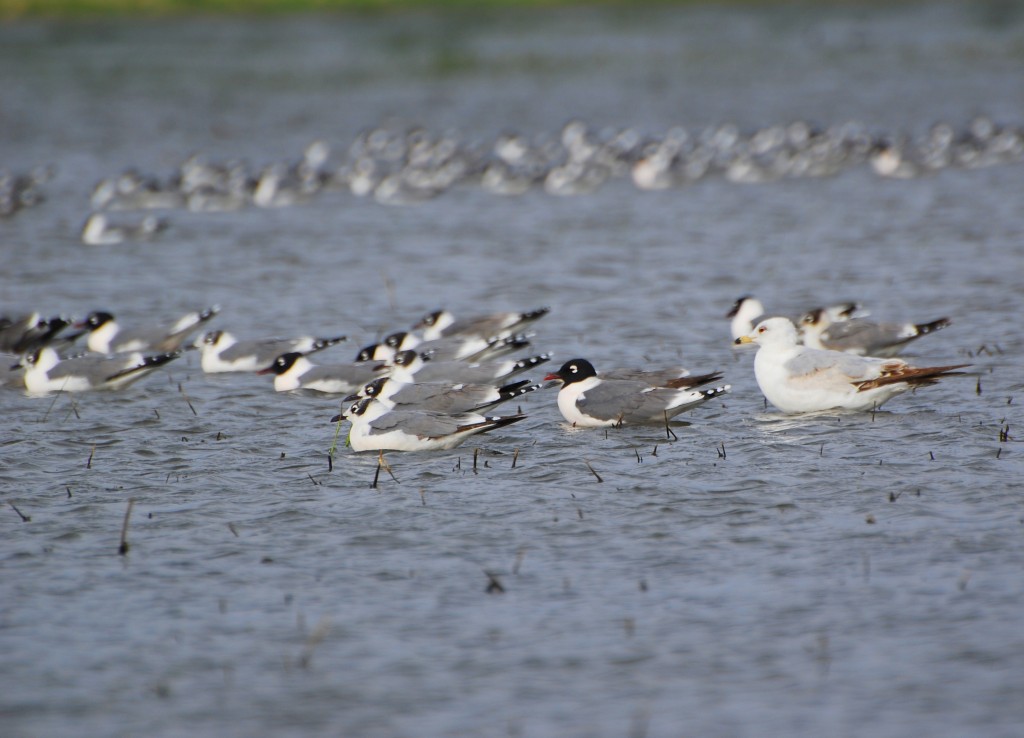
It is just another species trying to survive in the world.
 Nebraskaland Magazine
Nebraskaland Magazine
